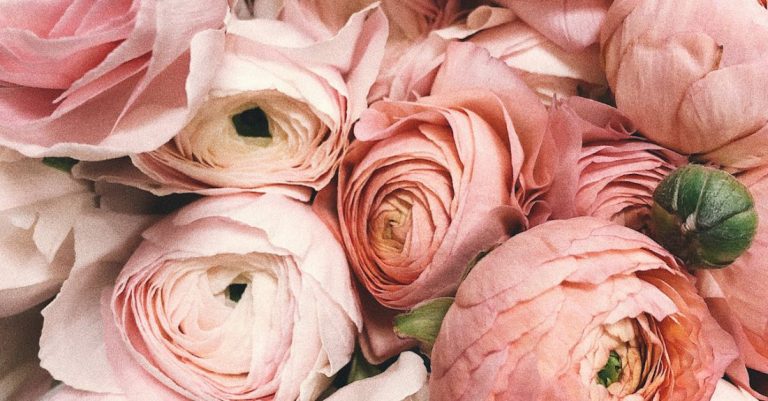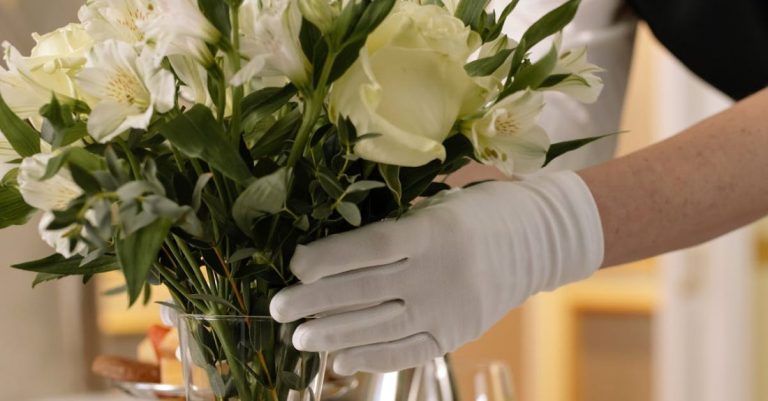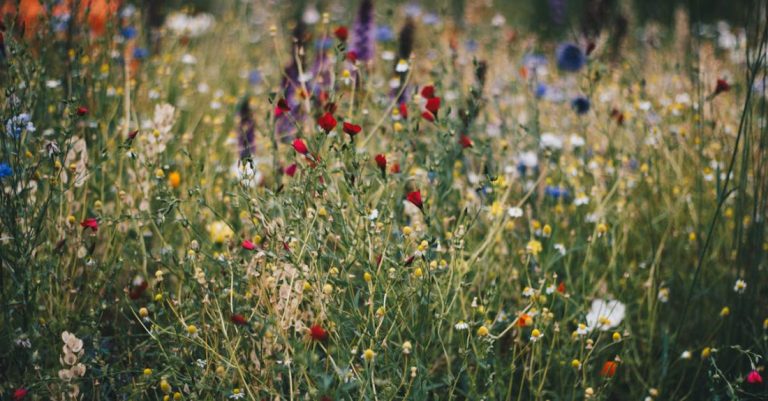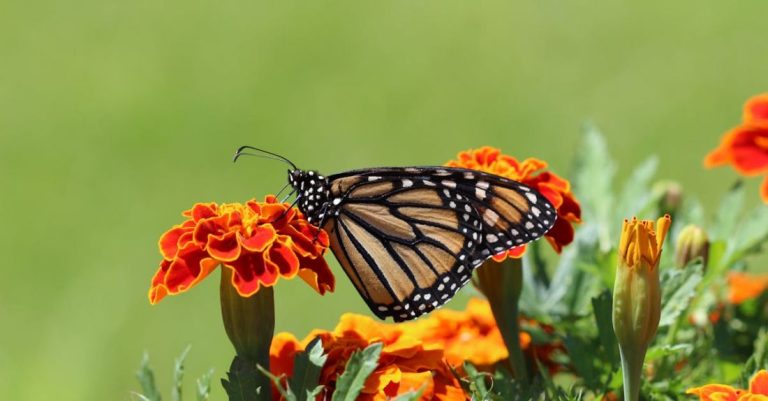
Hydrangeas are a popular choice among gardeners for their vibrant blooms and elegant appearance. However, to ensure that these beautiful flowers thrive, it is essential to provide them with the proper care and attention. From choosing the right location to pruning and watering techniques, there are several key factors to consider when caring for hydrangeas.
Choosing the Right Location
Selecting the right location for your hydrangeas is crucial for their overall health and growth. These plants thrive in partially shaded areas with well-draining soil. Ideally, hydrangeas should receive morning sun and afternoon shade to prevent their blooms from wilting. Avoid planting them in areas with harsh midday sun, as this can cause the flowers to dry out and lose their vibrant color. Additionally, be mindful of the surrounding environment, as hydrangeas are sensitive to strong winds and extreme temperatures.
Proper Watering Techniques
Hydrangeas require consistent moisture to thrive, especially during the hot summer months. Water your hydrangeas deeply once or twice a week, depending on the weather conditions and soil moisture levels. Avoid shallow watering, as this can lead to shallow root systems and weak plants. To retain moisture and prevent water evaporation, apply a layer of mulch around the base of the plant. However, be cautious not to overwater your hydrangeas, as this can cause root rot and other water-related issues.
Fertilizing Hydrangeas
Fertilizing hydrangeas is essential to promote healthy growth and vibrant blooms. Apply a balanced fertilizer specifically formulated for flowering plants in the spring, just as the new growth begins to emerge. Avoid fertilizers high in nitrogen, as this can result in excessive foliage growth at the expense of flowers. Additionally, consider using a slow-release fertilizer to provide a steady supply of nutrients throughout the growing season. Be mindful not to over-fertilize your hydrangeas, as this can lead to nutrient imbalances and potential damage to the plant.
Pruning Hydrangeas
Pruning hydrangeas is an essential part of their care routine, as it helps promote new growth and maintains a healthy plant structure. The timing and method of pruning depend on the type of hydrangea you are growing. For mophead and lacecap hydrangeas, prune them immediately after they finish blooming in the summer. Remove any dead or weak stems, as well as old wood to encourage new growth. For smooth and panicle hydrangeas, prune them in late winter or early spring before new growth begins. Cut back the stems to a healthy set of buds to promote vigorous flowering.
Dealing with Pests and Diseases
Hydrangeas are relatively low-maintenance plants, but they are susceptible to certain pests and diseases that can impact their health and appearance. Keep an eye out for common issues such as aphids, spider mites, and powdery mildew. To prevent pest infestations, regularly inspect your hydrangeas and take prompt action if any signs of pests or diseases are present. Consider using organic pest control methods or insecticidal soap to address minor infestations and prevent further damage to the plant.
Enjoying Your Hydrangeas
Caring for hydrangeas requires time and dedication, but the rewards are well worth it. With the right care and attention, your hydrangeas will reward you with stunning blooms and lush foliage throughout the growing season. Take the time to appreciate the beauty of these elegant flowers and create a serene garden oasis that you can enjoy for years to come. Incorporate hydrangeas into your landscape design and watch as these versatile plants transform your outdoor space into a blooming paradise. With proper care and maintenance, your hydrangeas will continue to thrive and bring joy to your garden for years to come.





